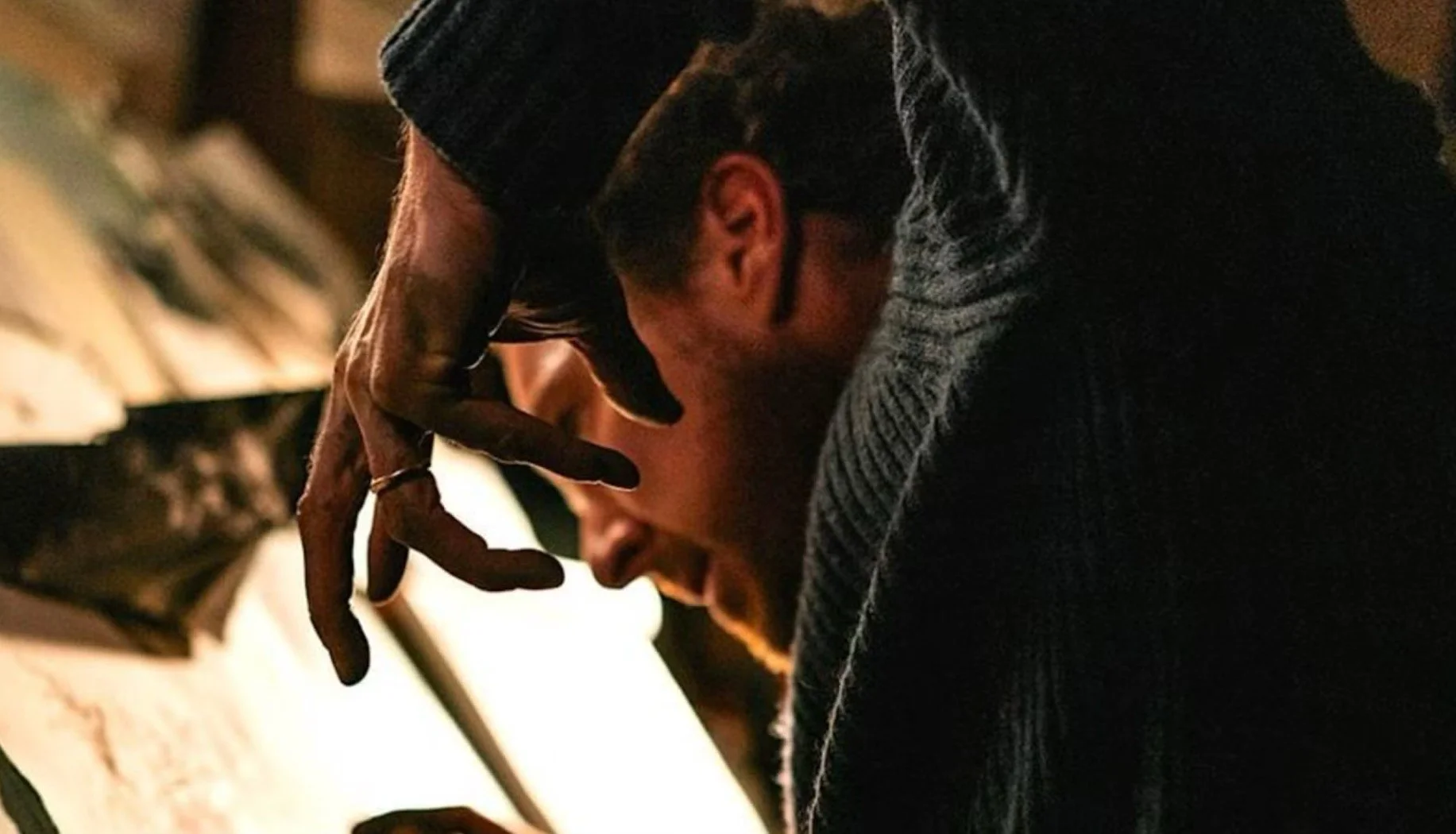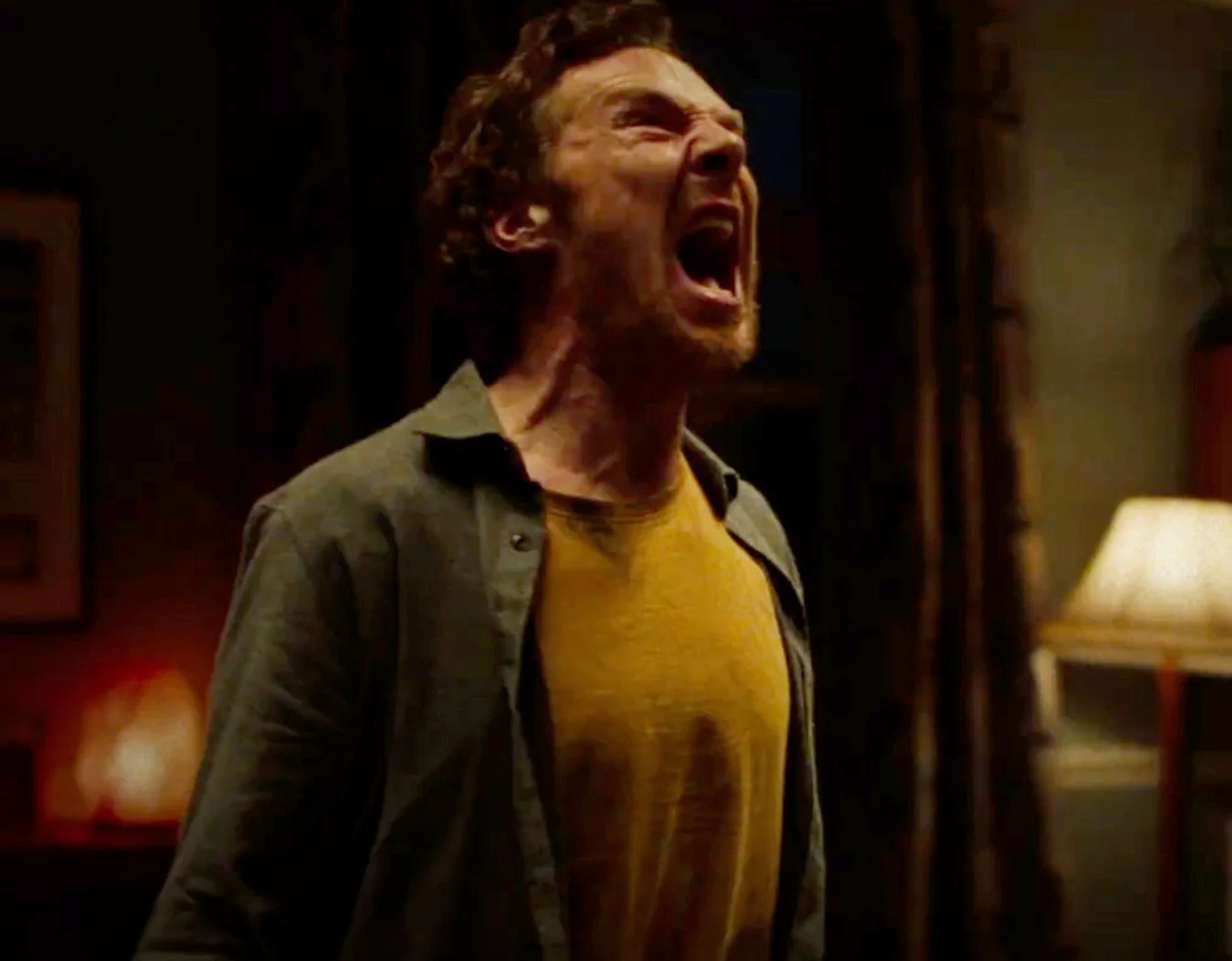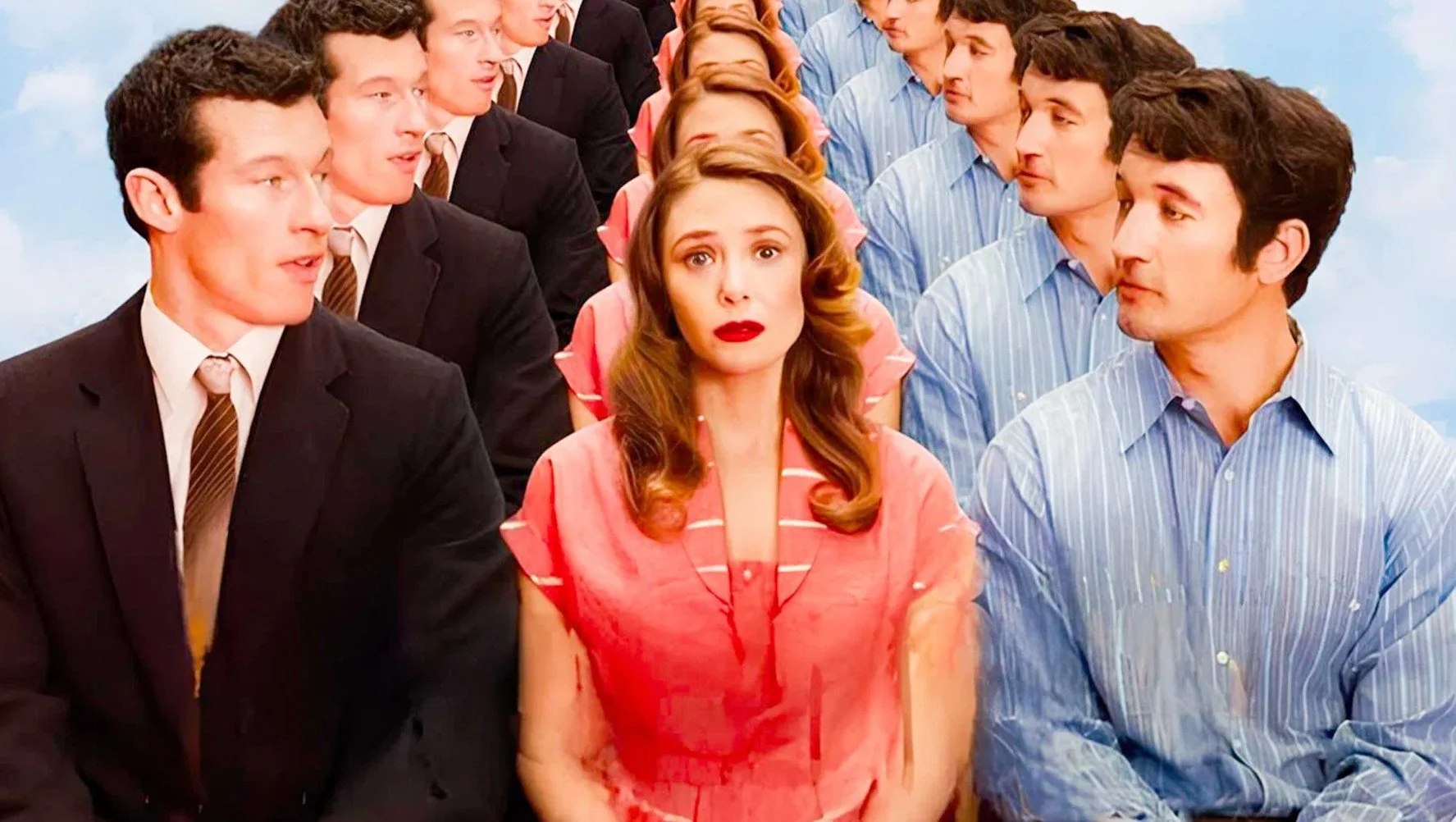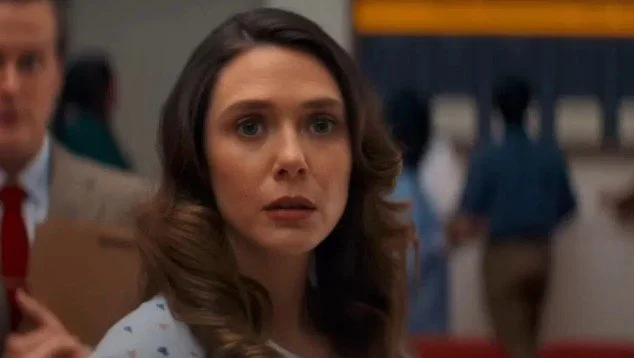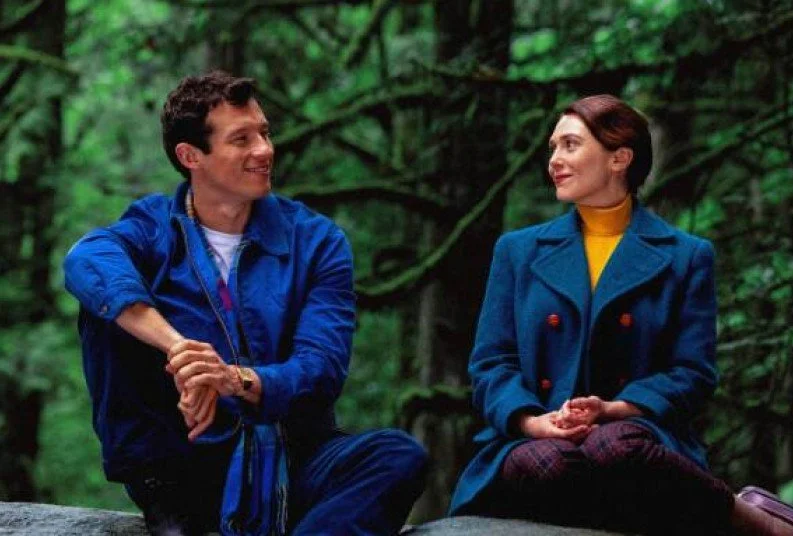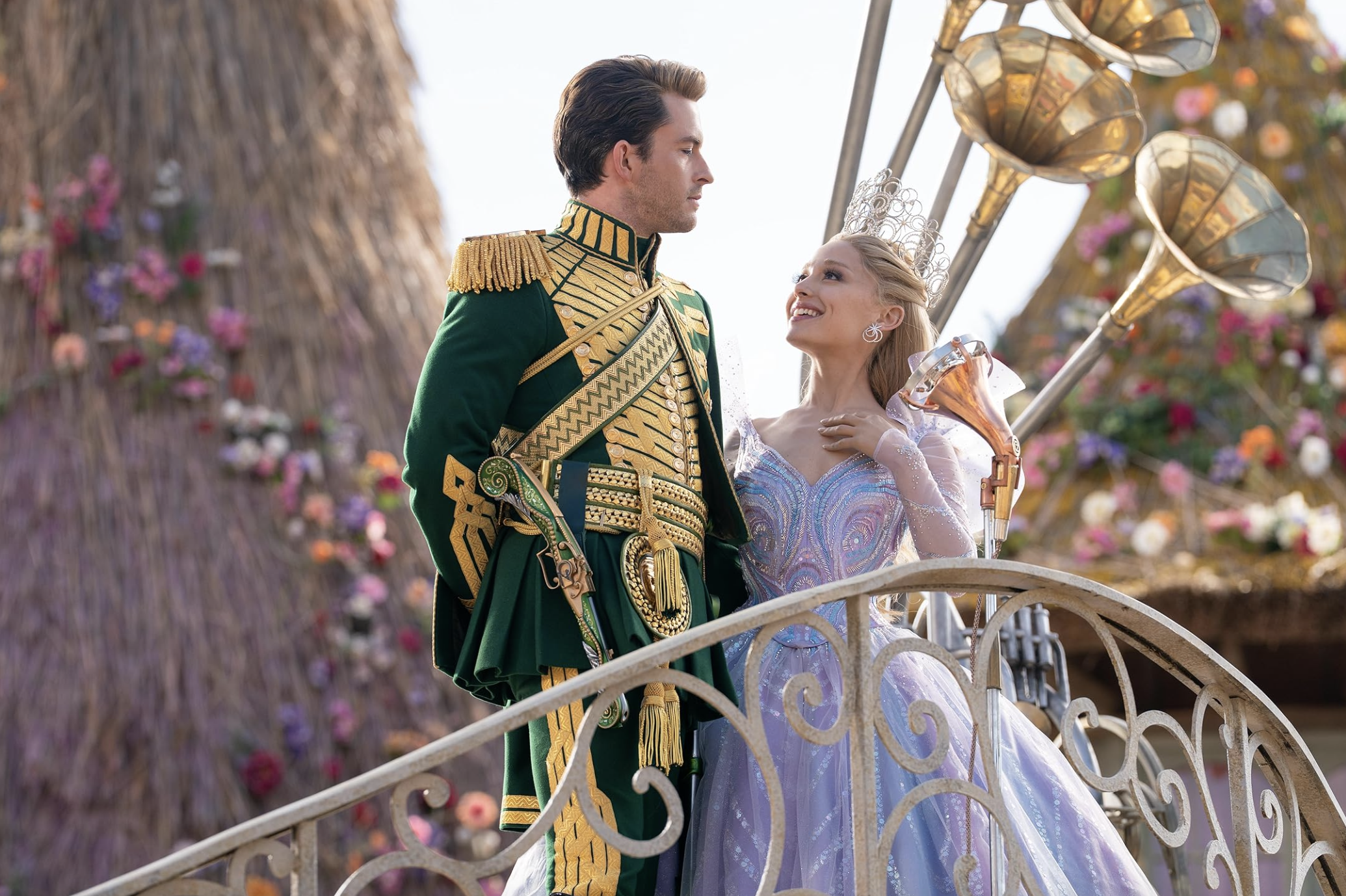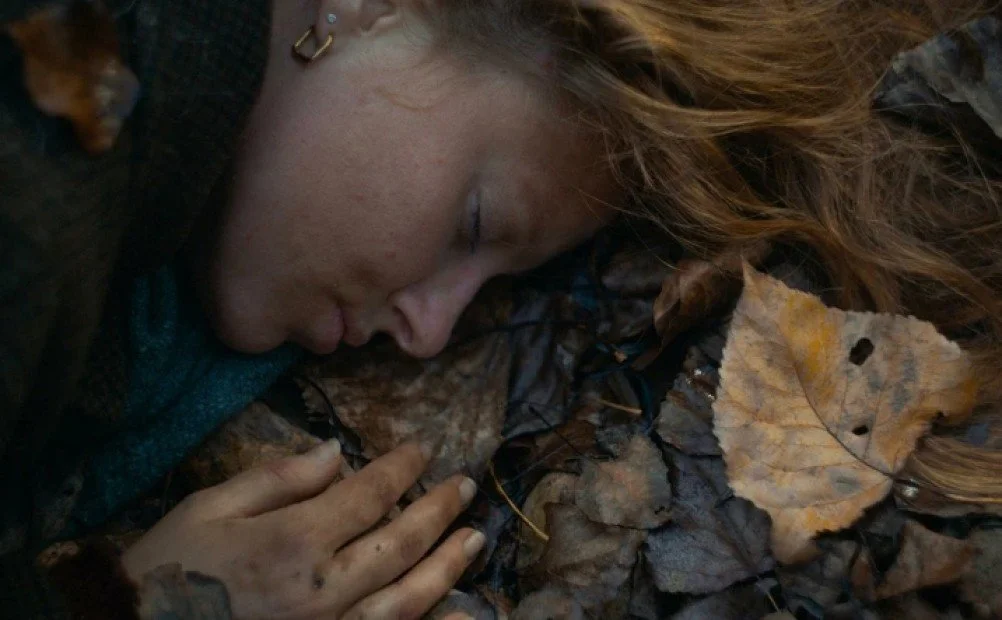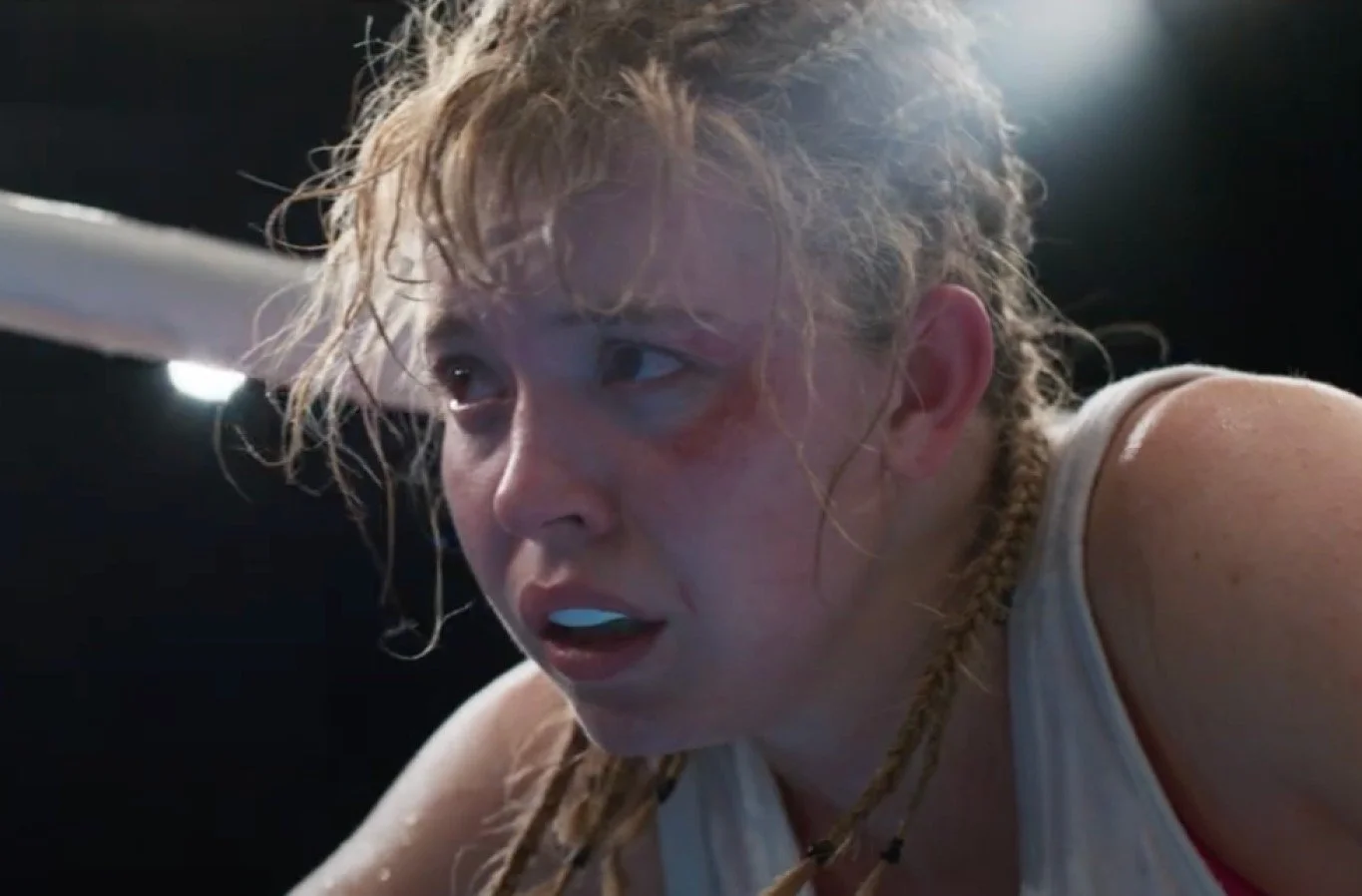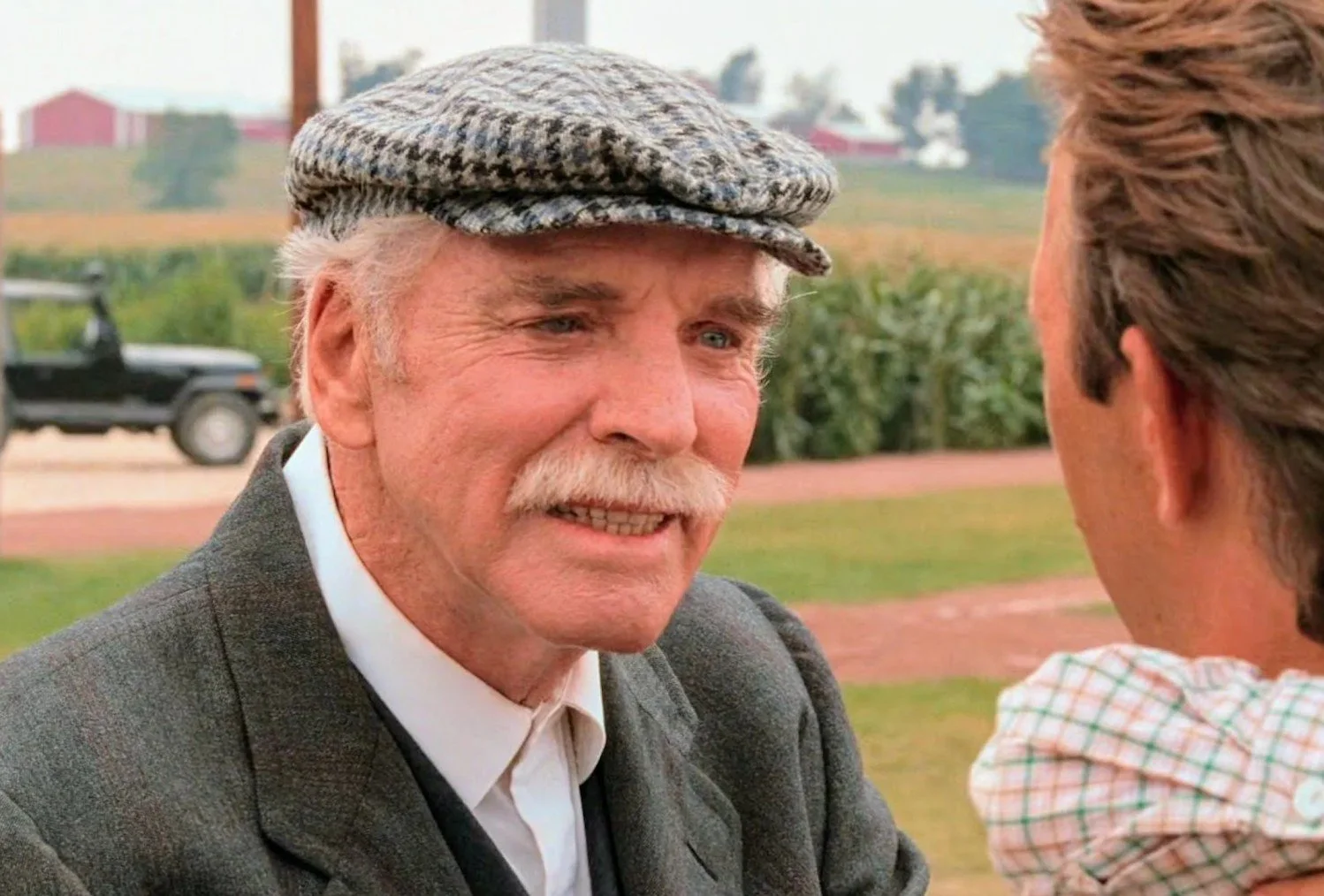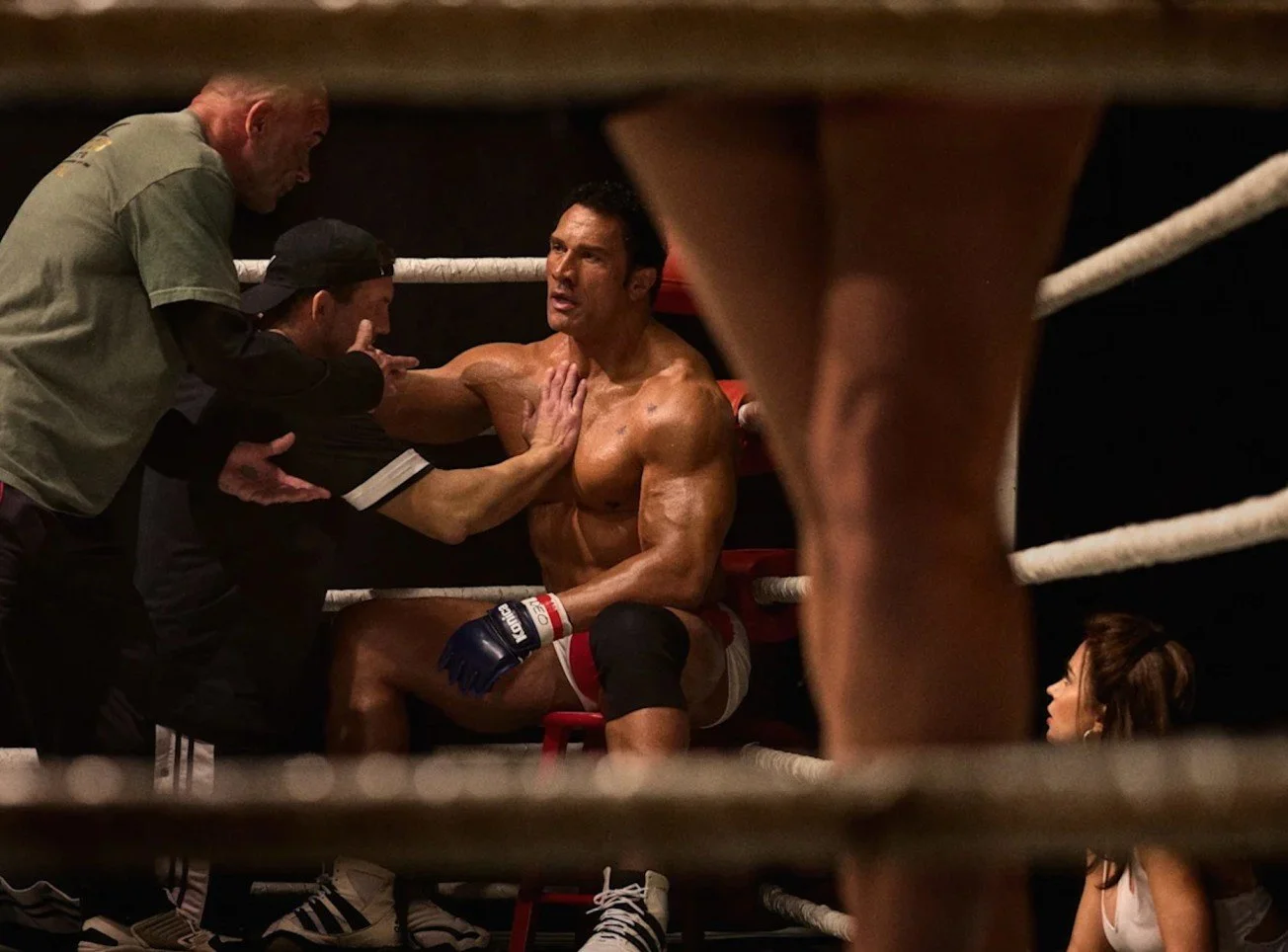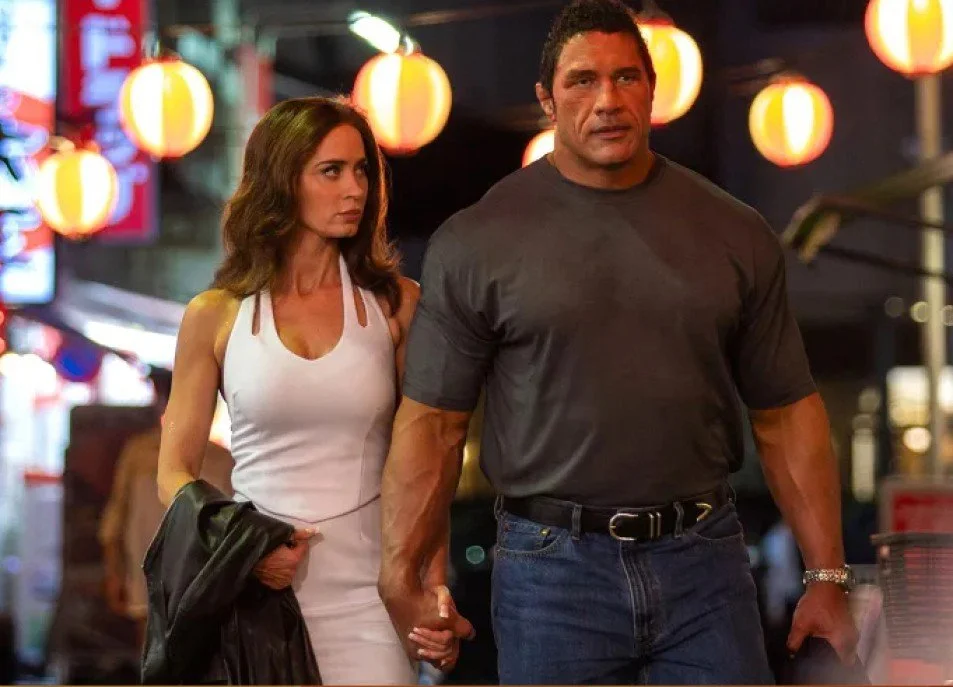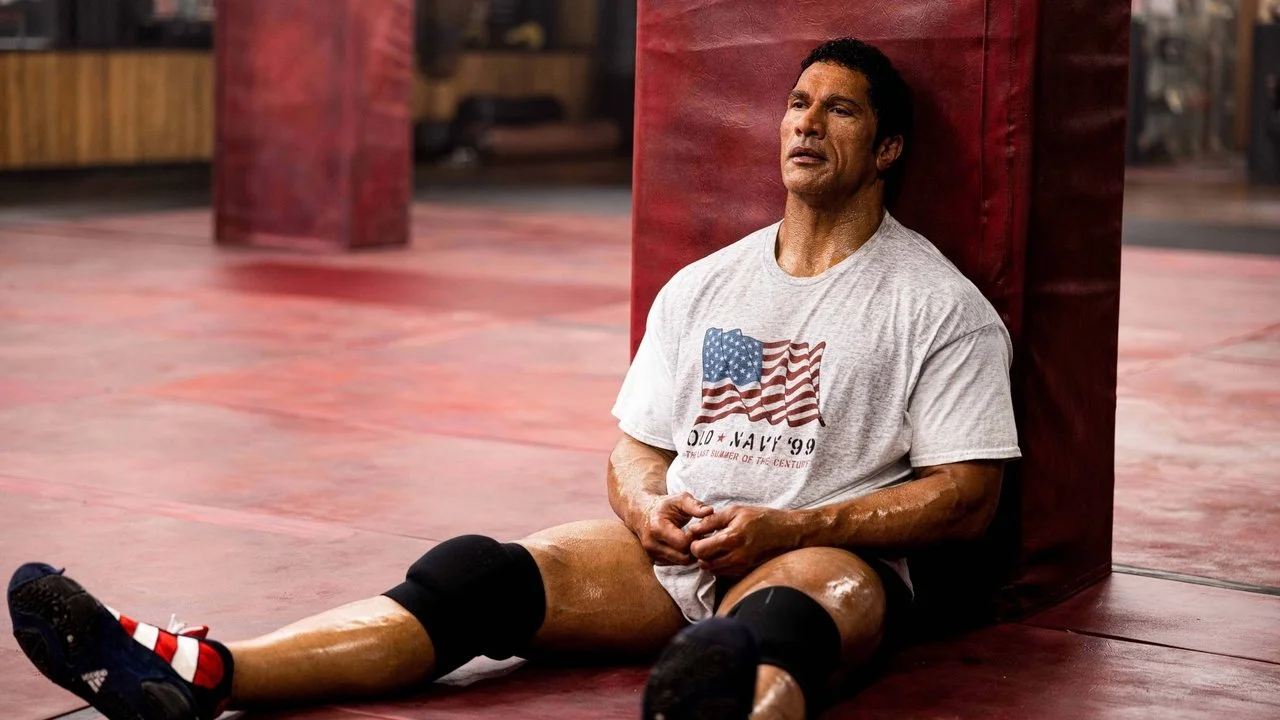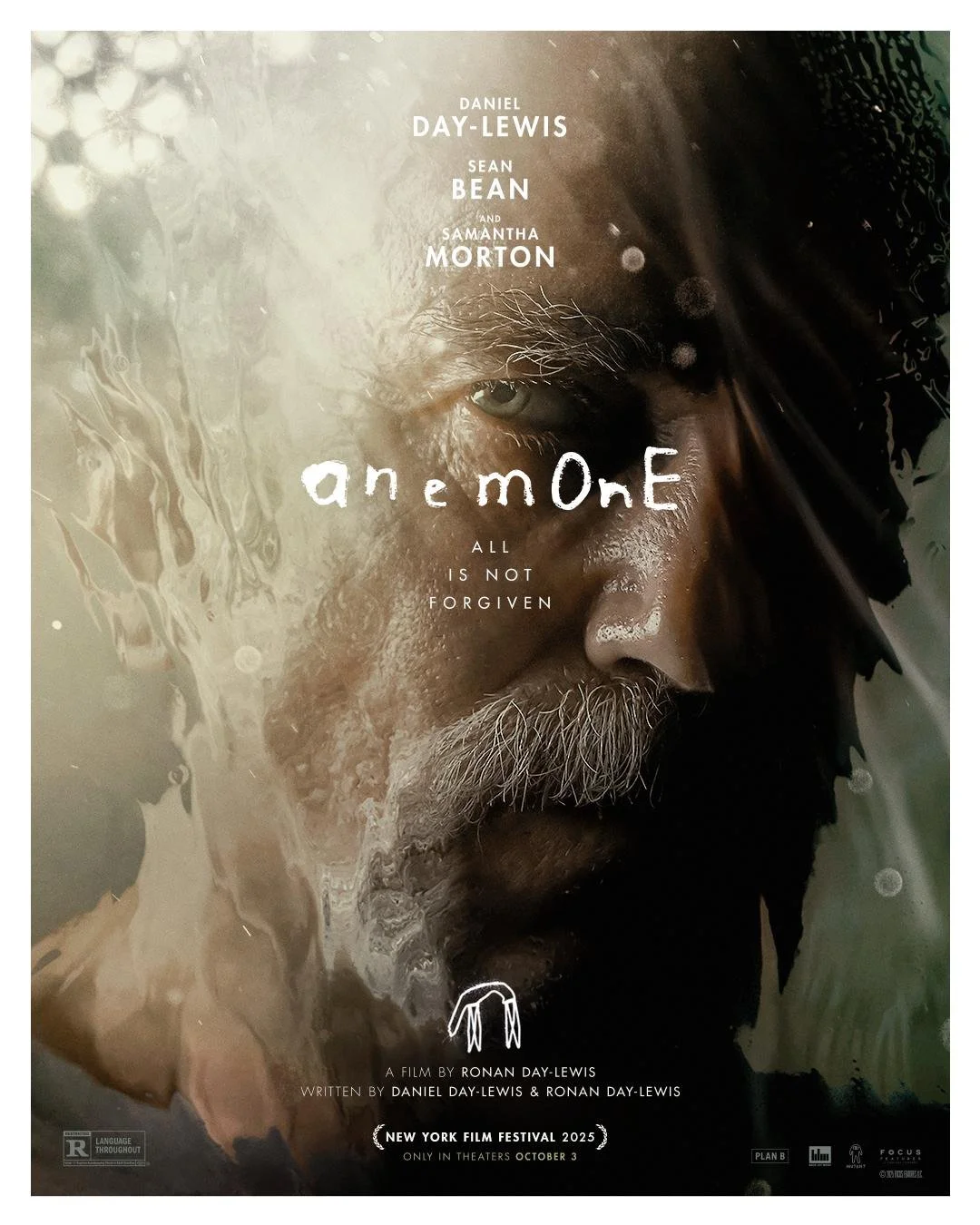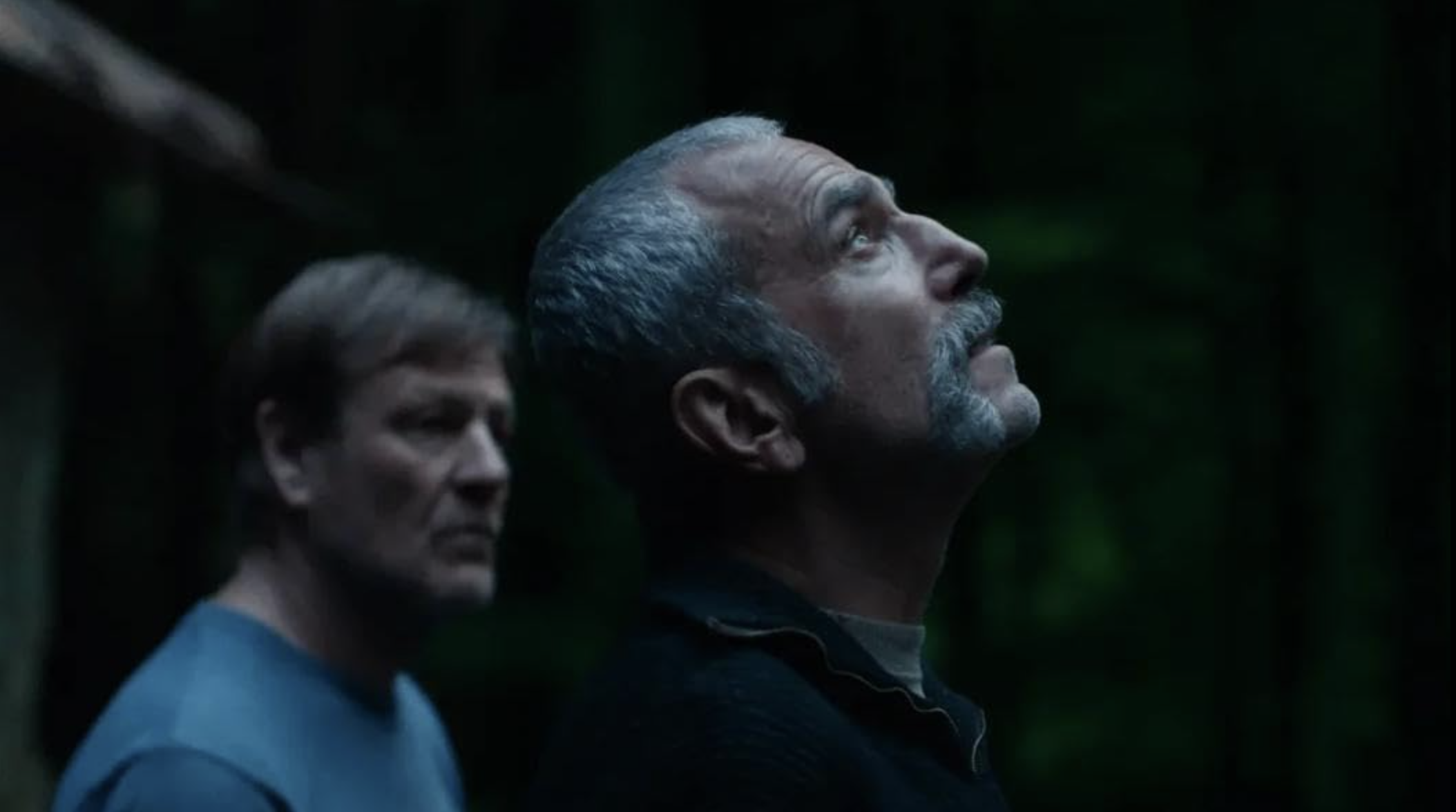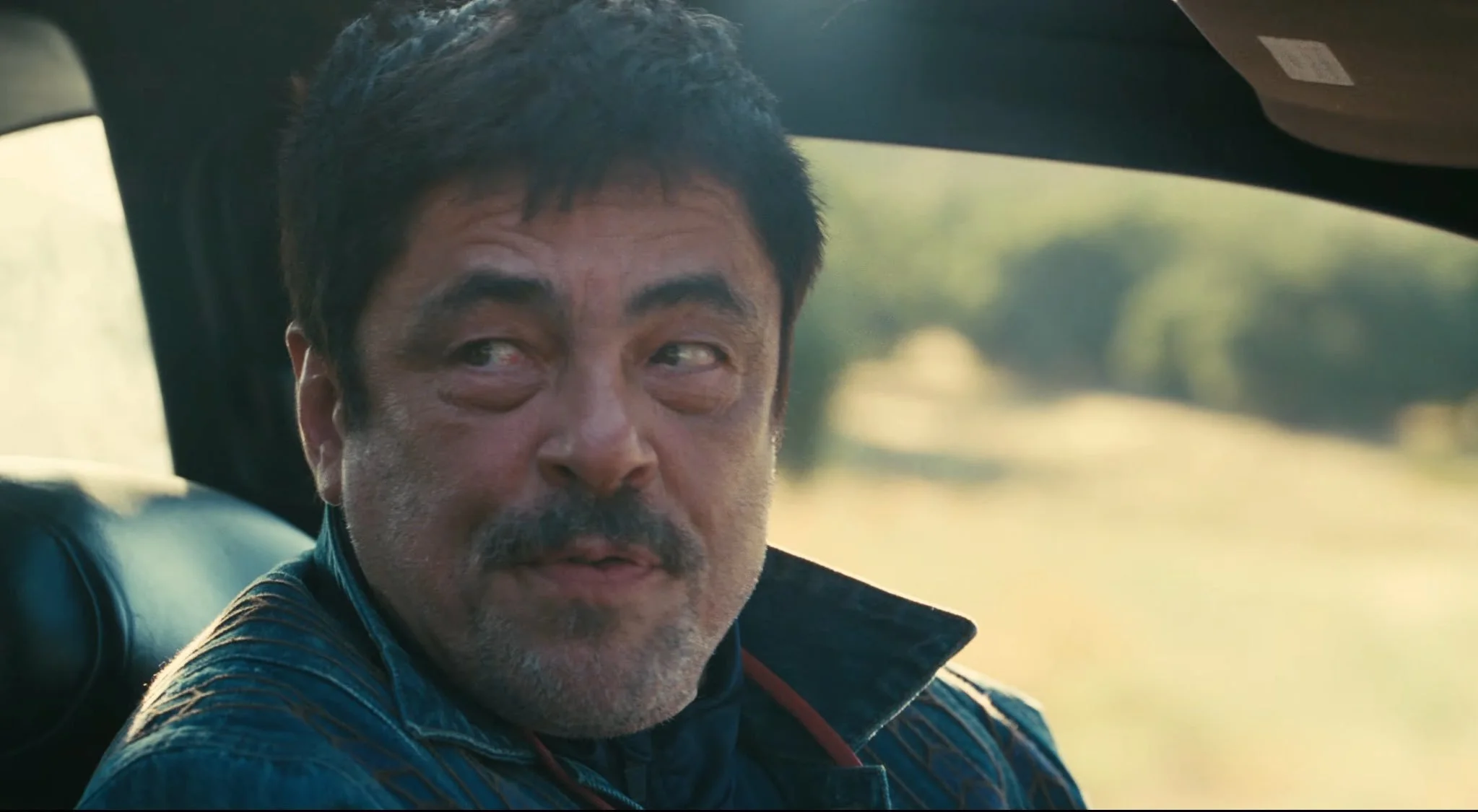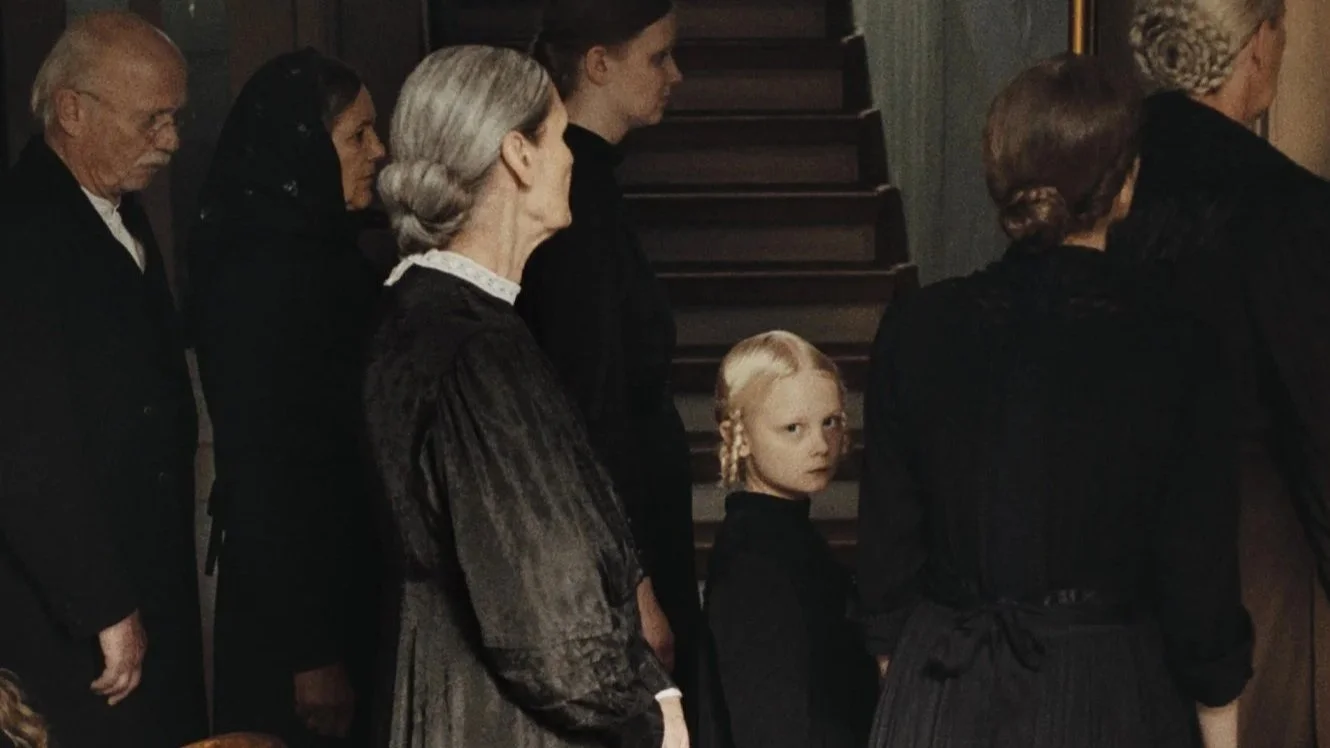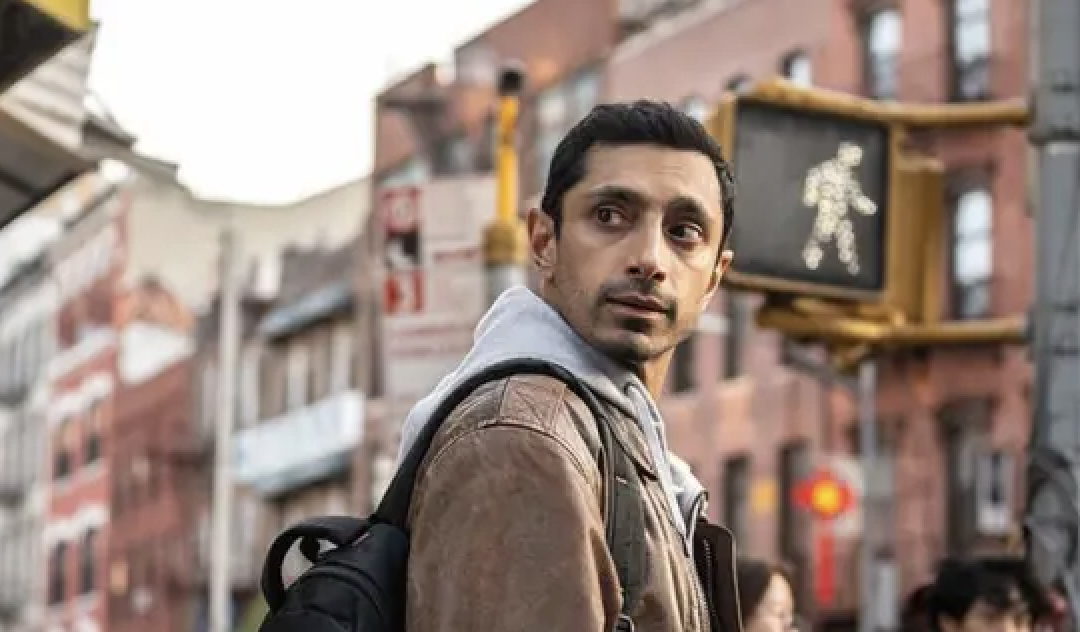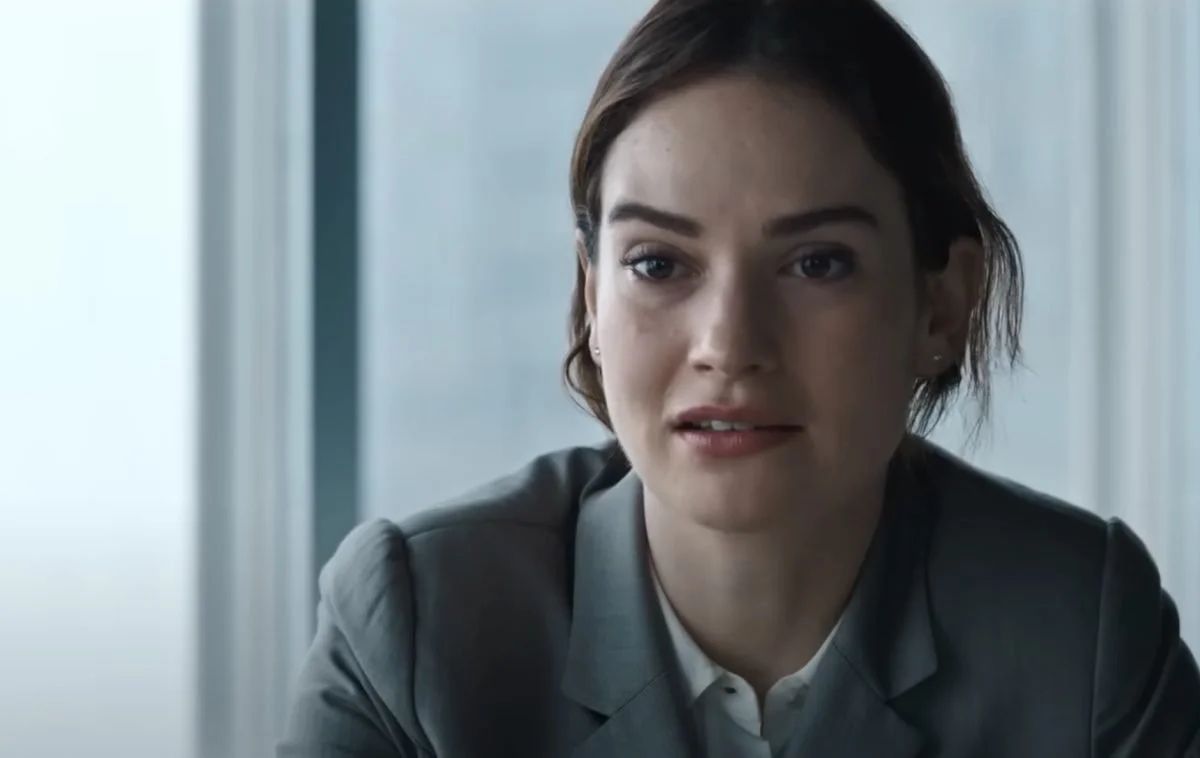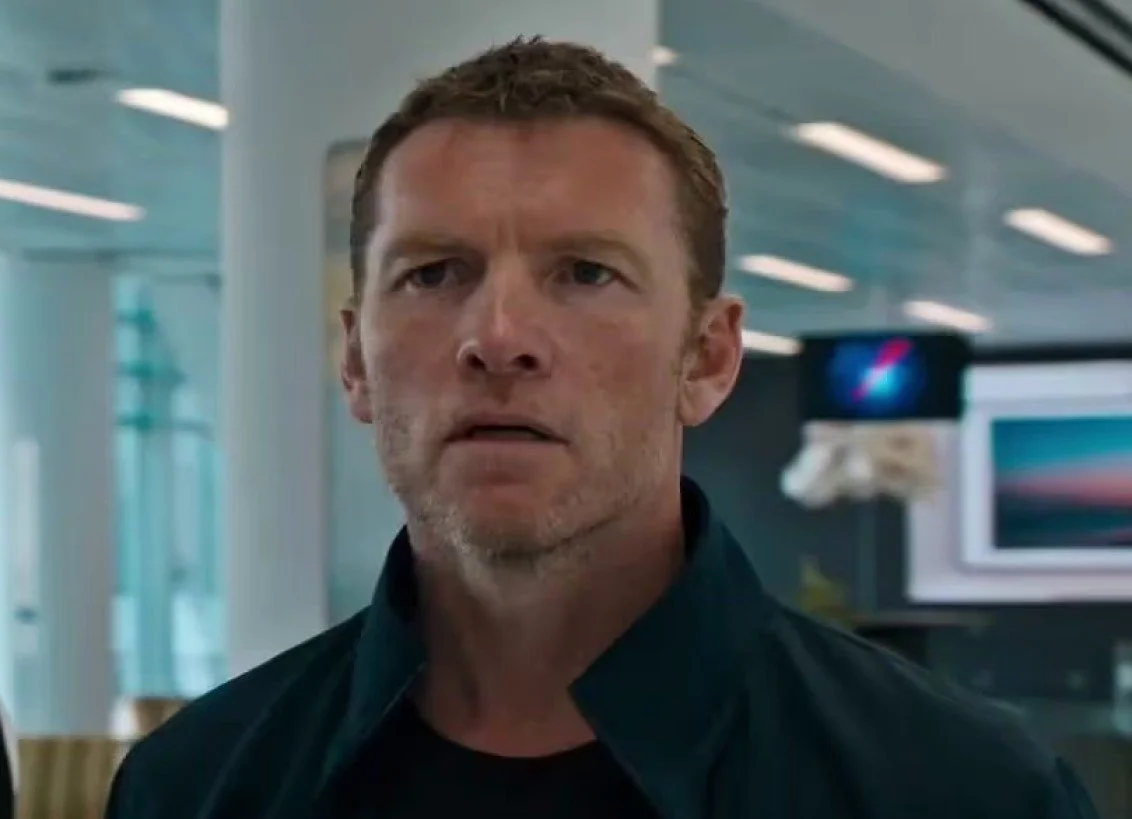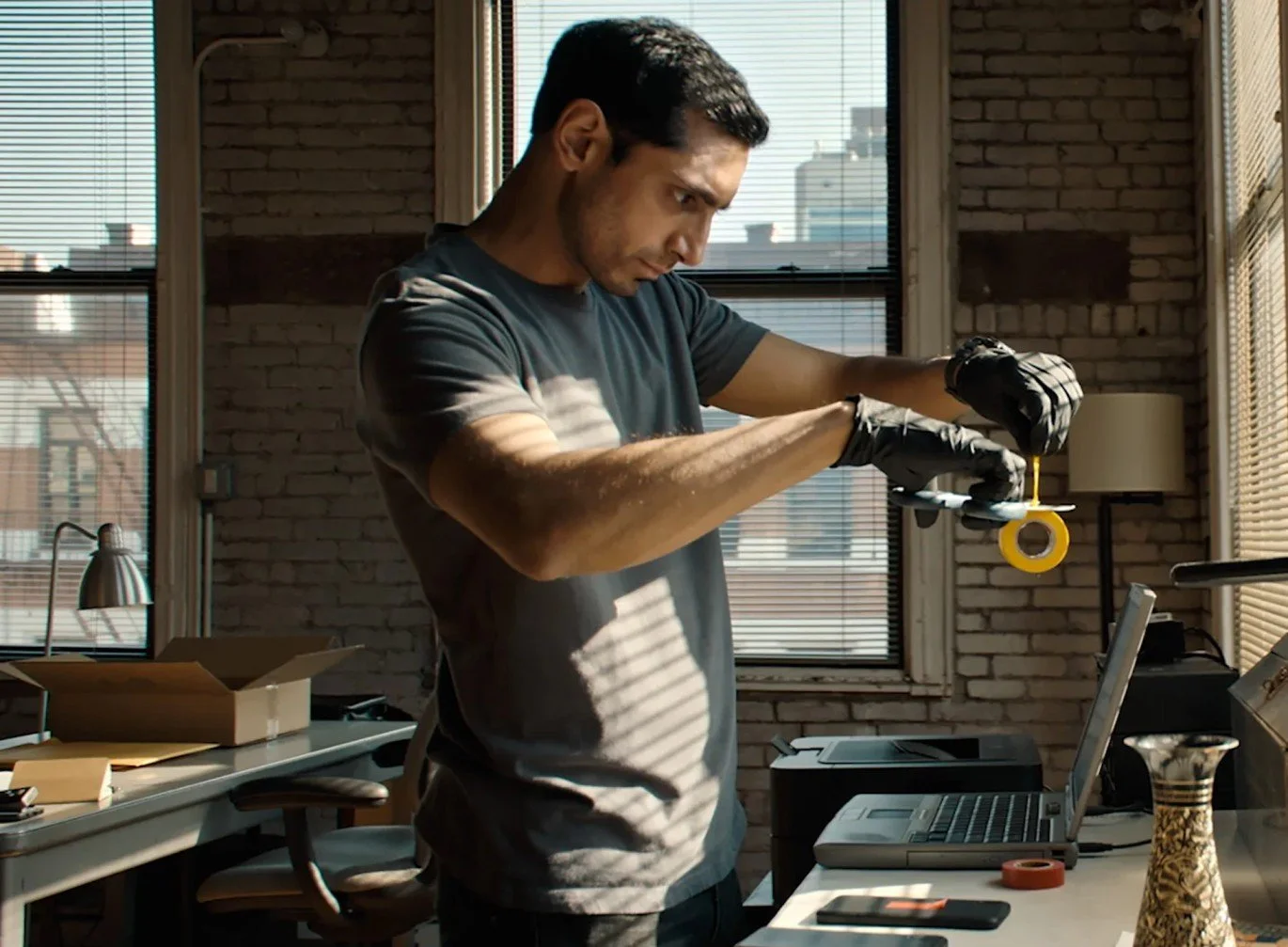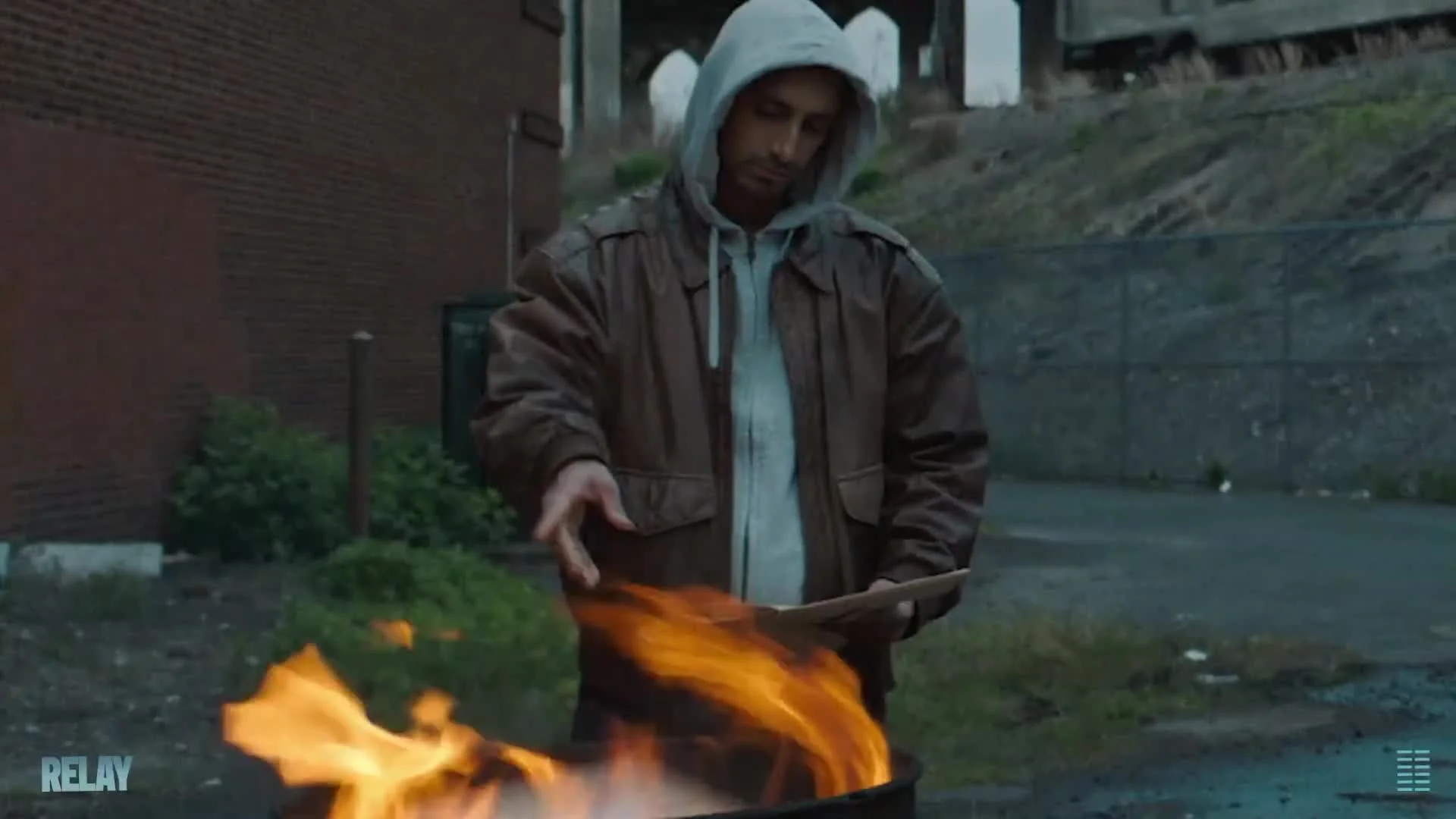Directed by: Dylan Southern
Written by: Dylan Southern, based on Max Porter’s novel
Starring: Benedict Cumberbatch, David Thewlis, Richard Boxall, Henry Boxall, and Eric Lampaert
Runtime: 98 minutes
‘The Thing with Feathers’ explores the agony of grief, but its unconventional approach doesn’t quite fly
“Hope is the thing with feathers that perches in the soul and sings the tune without the words and never stops at all.” – “Hope is the Thing with Feathers” (published in 1891) – Emily Dickinson
In director/writer Dylan Southern’s “The Thing with Feathers”, hope is hard to come by for the lead, Dad (Benedict Cumberbatch).
Unfortunately, nonexistent is more accurate, because when we first see Dad, he is home, having just returned from his wife’s funeral, and this brokenhearted widower attempts to console his two young boys (Richard Boxall and Henry Boxall).
He’s emotionally paralyzed and grief-stricken, and his behavior tracks because Southern adapts Max Porter’s 2015 novel, “Grief is the Thing with Feathers” for the big screen. Southern and Cumberbatch follow Dad’s journey to potentially overcome his sorrow over a 98-minute runtime, but it’s painfully clear during the first act that he isn’t ready to come to terms with his spouse’s passing.
Rather than seeking professional help, like turning to a counselor played by a sensitive Alan Alda type, Dad mostly wallows in isolation or offers surface-level responses when speaking to colleagues, when he’s not tending to his sons, of course.
Instead, our protagonist’s therapist appears as an intimidating, supernatural being who enters his abode and taunts him.
“The Thing with Feathers” is a troubling family/psychological drama, but it doubles as a horror film, because this eight-foot creature, or the thing with feathers, repeatedly appears in the home – sans invitation - threatens Dad, and even turns to violence.
Voiced by David Thewlis, this aforementioned judge-and-jury force – designed by artist Nicola Hicks - constantly berates and sneers at Dad, like an unearthly demon. In a 2025 Screen Rant Plus YouTube interview with Southern, he said that he was impressed by Thewlis and his “rhythmic, angry, spikey voice” and added, “when he came on board, I was over the moon.”
The film’s special effects team has a few creature technicians (Amy Dudley, Andy Hunt, and James Kernot) on hand, and actor Eric Lampaert wears the costume. The practical effects have a throwback “Labyrinth” (1986) vibe, resulting in a horrifying presence.
The story then leans into Dad’s recovery, but also asks: is the thing imagined or real? Southern plays with the thing’s reality to keep the audience guessing. However, if one believes the former, then ugly confrontations – where chaos frequently erupts in the household – don’t ultimately have authentic physical consequences, and, therefore, the intended scares don’t land.
On the other hand, if one believes the latter, then this entity poses a real and potentially lethal threat. The result is that a somber drama about loss becomes schizophrenic as it quasi-feels like a “A Nightmare on Elm Street” sequel, and if you’ve seen some of the later installments of the horror series, this isn’t a compliment.
Then again, compliments should be showered in Benedict’s direction, because he works extremely hard to be befuddled and terrified by his menacing new house guest while also attempting to keep order with his kids as a suddenly single dad in a Ted Kramer (Dustin Hoffman) sort of way (“Kramer vs. Kramer” (1979)).
Still, the most telling moments might be from the boys’ perspectives, where they opine that their father isn’t the same, and also Dad’s in-laws, where Southern and cinematographer Ben Fordesman’s camera explores their living room and lands on a couple of old photos of their late daughter.
Dad isn’t the only one suffering.
Perhaps, we needed more of those moments or Alda to appear and insist that Dad lie down on the couch and listen to some supportive words, instead of facing shocking skirmishes with the thing. For some audiences, “The Thing with Feathers” might be just what the doctor ordered.
Well, at least Southern takes chances to explore grief, but the unconventional approach doesn’t quite fly.
Jeff’s ranking
2/4 stars



